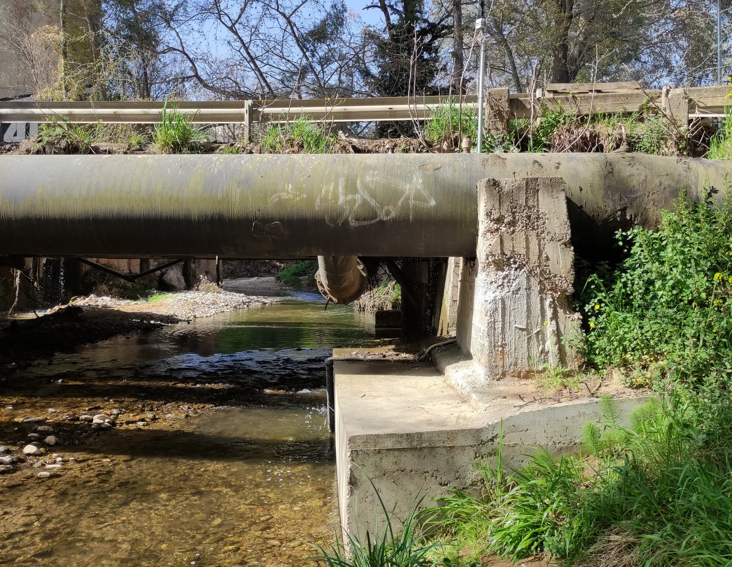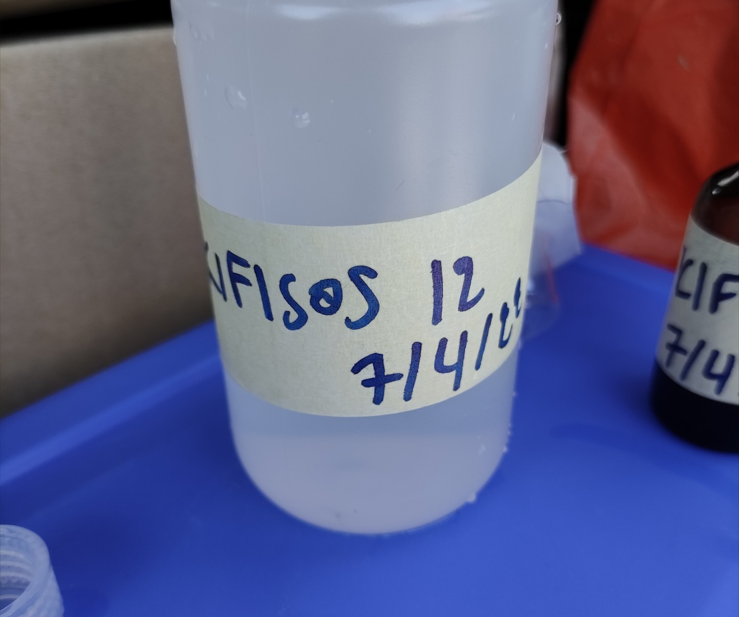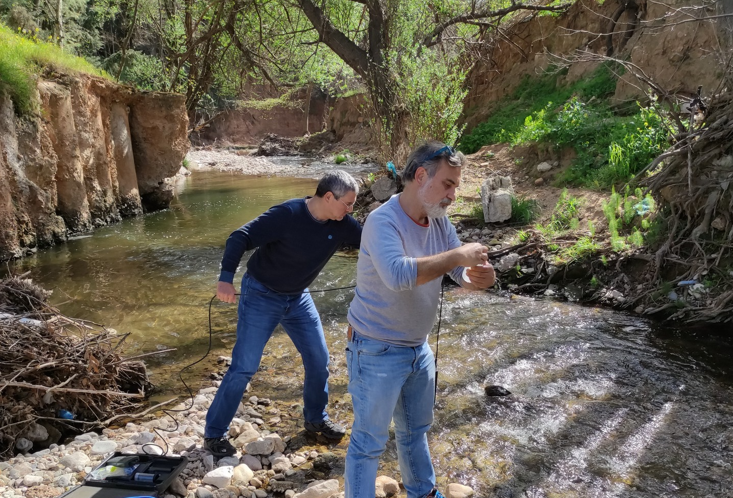Monitoring of the National Network of Isotopes in Rivers in Greece. International Atomic Energy Agency-UN
Identifying the dominant water pollution sources and their relative contribution to the quality status of surface water bodies is a necessary action for designing and applying management and mitigation measures to ensure long-term protection of the water resources.
The proposed project aims to the development of a conceptual hydrologic model, throgh the use of water stable isotopes, to understand and describe the water mixing processes and interactions between precipitation, surface runoff and groundwater flows, in two Mediterranean catchments. Moreover, Nitrogen stable isotopes will be also used to reveal the water pollution origin and the main biogeochemical processes in the study areas which will allow the design of protective measures for the particular water bodies. The variations in Nitrogen levels and isotopic signals due to the different land use types and geological conditions in the two study catchments (Evrotas and Pinios, Greece) will be analyzed and quantified.
For this purpose, intensive sampling efforts will occur in a representative monitoring network in which water samples will be seasonally collected and analyzed for stable istotopes, physicochemical parameters and discharge. Hydrologic models will be also exploited to complement the in-situ discharge measurements and validate the areas’ conceptual models and water budget estimates.
All the above information will be used to prioritize pollution sources and suggest specific management and restoration measures for achieving good water quality status, in the long term.


